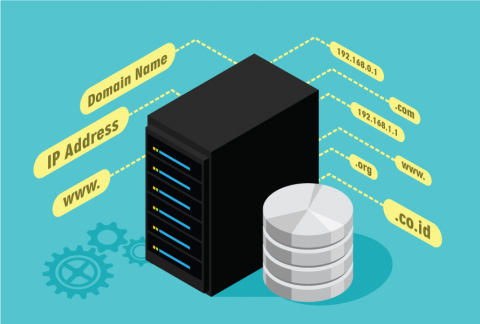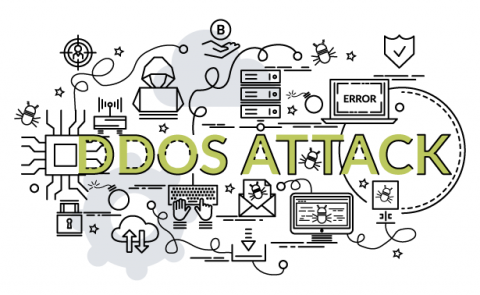Cybersecurity Best Practices: Protect Your Team from Phishing Attacks
Phishing happens. It is probably happening as you read this. Right now, some well-defended company is having data under its care exposed. This data may contain sensitive information, such as login credentials, and in many cases, it is only known that an attack of this type has taken place after the fact. Protecting yourself and your employer against phishing attacks relies foremost on critical thinking; however, there are some business processes and technologies that can help.










